How to Care for Luxury Antique Furniture: Expert Tips for Preserving Rare & Vintage Pieces
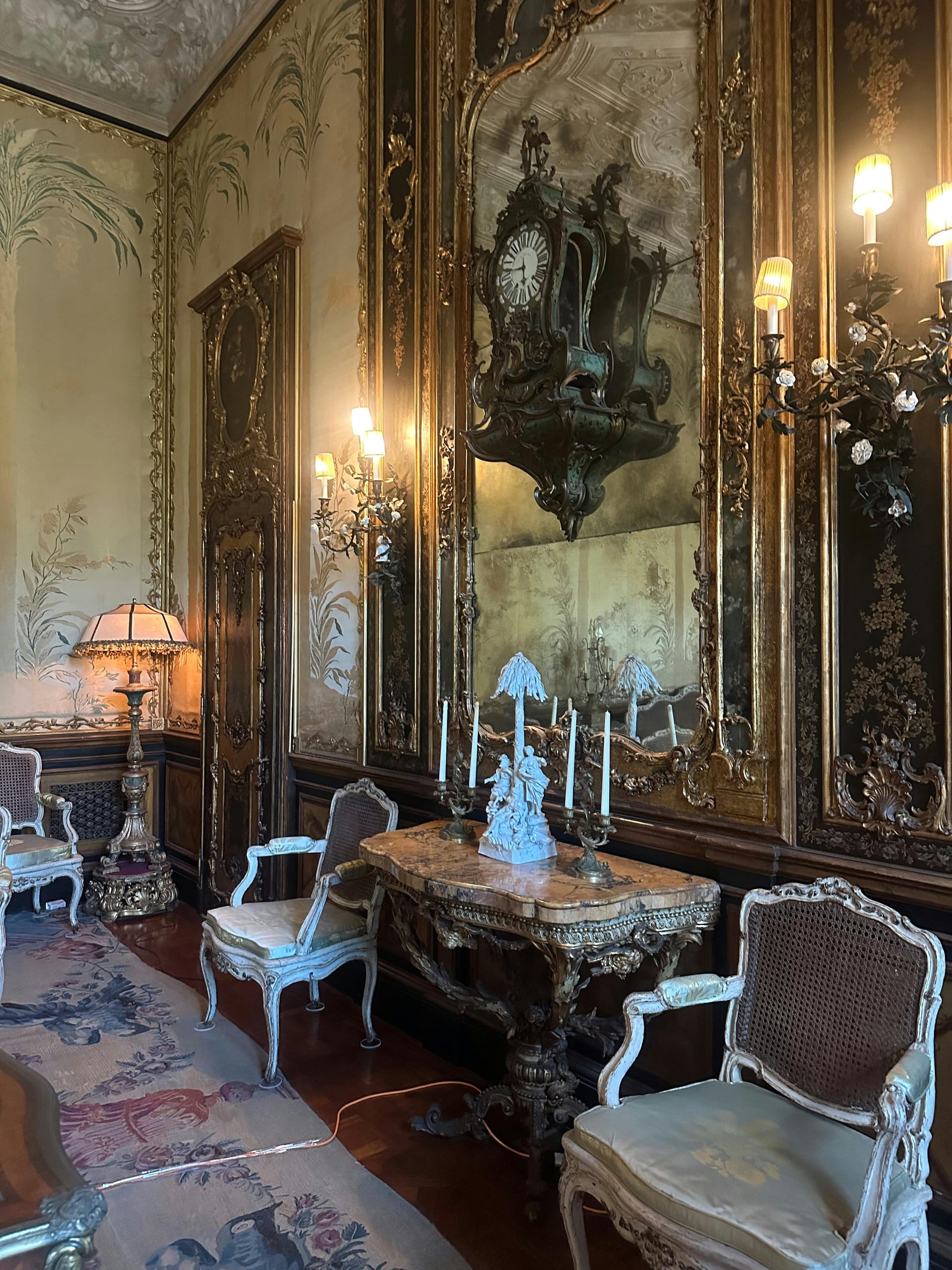
Luxury antique furniture isn’t just décor—it’s a piece of history and craftsmanship. Whether you own a vintage Louis XVI armchair, a rare Chippendale desk, or a Victorian armoire, proper care is essential to preserve its beauty, value, and structural integrity.
In this guide, we’ll explore how to care for luxury antique furniture with proven techniques to keep your heirloom pieces looking exquisite for generations.
Why Antique Furniture Needs Special Care
Antique furniture is often crafted from delicate woods, hand-applied finishes, and intricate upholstery. Without proper maintenance, it can suffer:
- Cracking or splitting wood
- Fading and discoloration
- Loosening joints
- Staining or water damage
Preserving antique furniture requires gentle, specialized care—avoid modern cleaning shortcuts that may harm old finishes.
1. Cleaning Luxury Antique Furniture
Dust regularly with a soft, lint-free cloth: Use a dry or slightly damp microfiber cloth to gently remove dust. Avoid feather dusters that can scratch delicate surfaces.
Avoid harsh cleaners and sprays: Do not use commercial furniture polishes or silicone-based products, which can damage antique finishes.
For deeper cleaning: Use a mild wood soap (like Murphy’s Oil Soap) diluted with water. Lightly wipe and dry immediately with a clean cloth.
👉 Never soak or saturate antique wood—excess moisture can cause warping or lifting of veneers.
2. Protecting Antique Furniture from Sunlight & Heat
Keep antiques out of direct sunlight to prevent fading and drying of wood and fabrics.
Avoid placing furniture near radiators or vents: Fluctuations in temperature and humidity can cause wood to expand, contract, or crack.
Use a humidifier in dry climates: Maintaining 40–55% humidity helps prevent splitting and warping.
3. Polishing & Maintaining Antique Finishes
Use high-quality paste wax sparingly: Once or twice a year, apply a thin layer of beeswax or carnauba wax to nourish the wood and protect its finish. Buff gently with a soft cloth.
Avoid modern spray polishes: These can leave a residue that builds up over time, dulling antique finishes.
Test in a hidden area first before applying any product to ensure compatibility with the original finish.
4. Handling & Moving Antique Furniture
Lift, don’t drag: Always lift antique pieces when moving them—dragging can loosen joints or damage legs.
Use protective padding when transporting: Wrap fragile elements like carved arms, legs, or finials to prevent chipping.
5. Preserving Upholstery & Inlays
Vacuum fabric gently with a low-suction handheld vacuum using an upholstery brush attachment.
Avoid over-wetting fabrics or cleaning with harsh chemicals—delicate antique upholstery may require professional conservation.
Keep decorative inlays and marquetry dust-free by using a soft makeup brush or artist’s paintbrush for precision cleaning.
When to Call a Professional Restorer
Consider hiring a professional conservator if your antique furniture has:
- Water stains or deep scratches
- Peeling veneers or lifting marquetry
- Loose joints or structural issues
- Fragile finishes or gilding
Restoration by an expert ensures your piece retains its historical integrity and value.
Final Thoughts
Caring for luxury antique furniture is an art in itself. With gentle cleaning, thoughtful placement, and routine maintenance, your treasured vintage pieces will continue to add elegance and history to your home for decades.
Whether you’re preserving a family heirloom or curating an antique collection, following these tips will safeguard their legacy.
Frequently Asked Questions
Can I use regular furniture polish on antiques?
👉 No—avoid silicone-based sprays that can damage antique finishes. Use a soft cloth and high-quality paste wax instead.
How often should I wax antique furniture?
👉 Once or twice a year is sufficient; over-waxing can cause buildup.
Should I refinish antique furniture?
👉 Generally no—refinishing can decrease value. Consult a professional restorer for advice before altering original finishes.
From couture to castles, superyachts to rare timepieces—join our private list to receive curated insights from every corner of the luxury world.



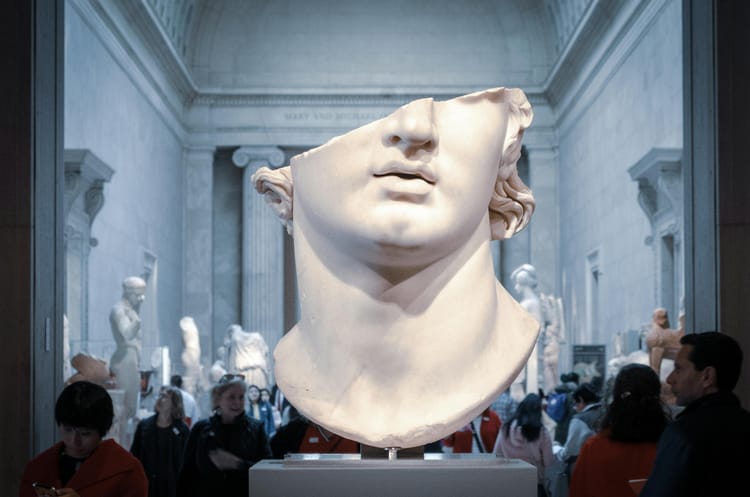
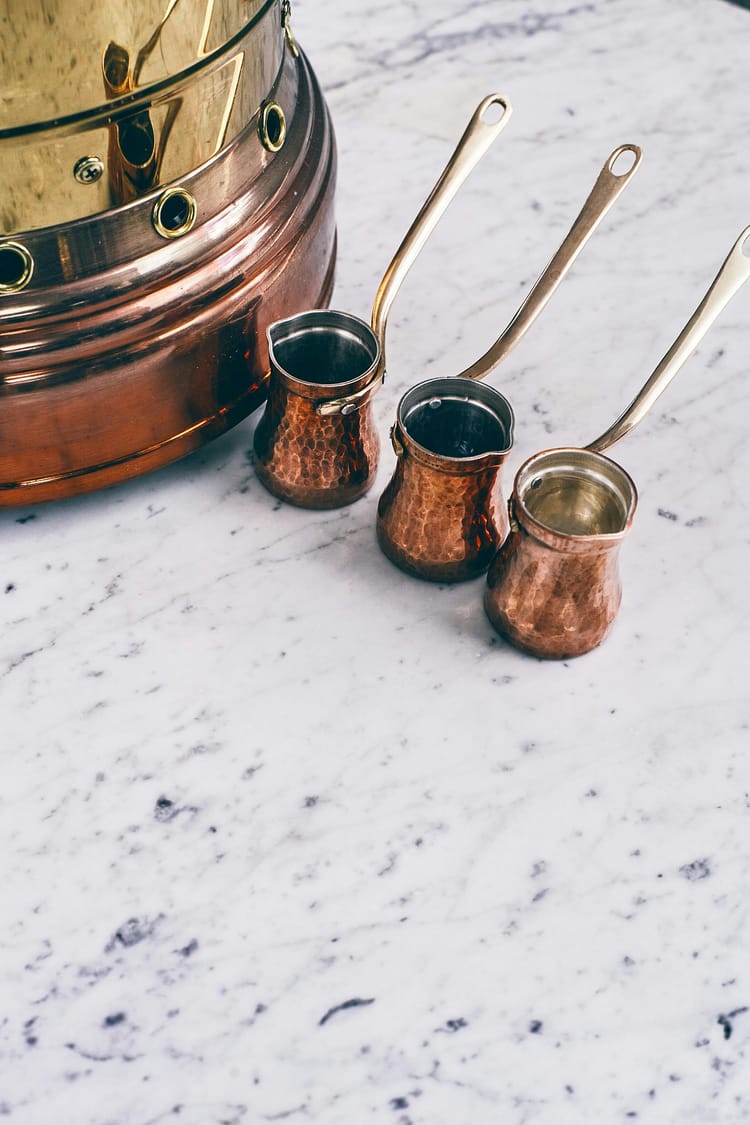
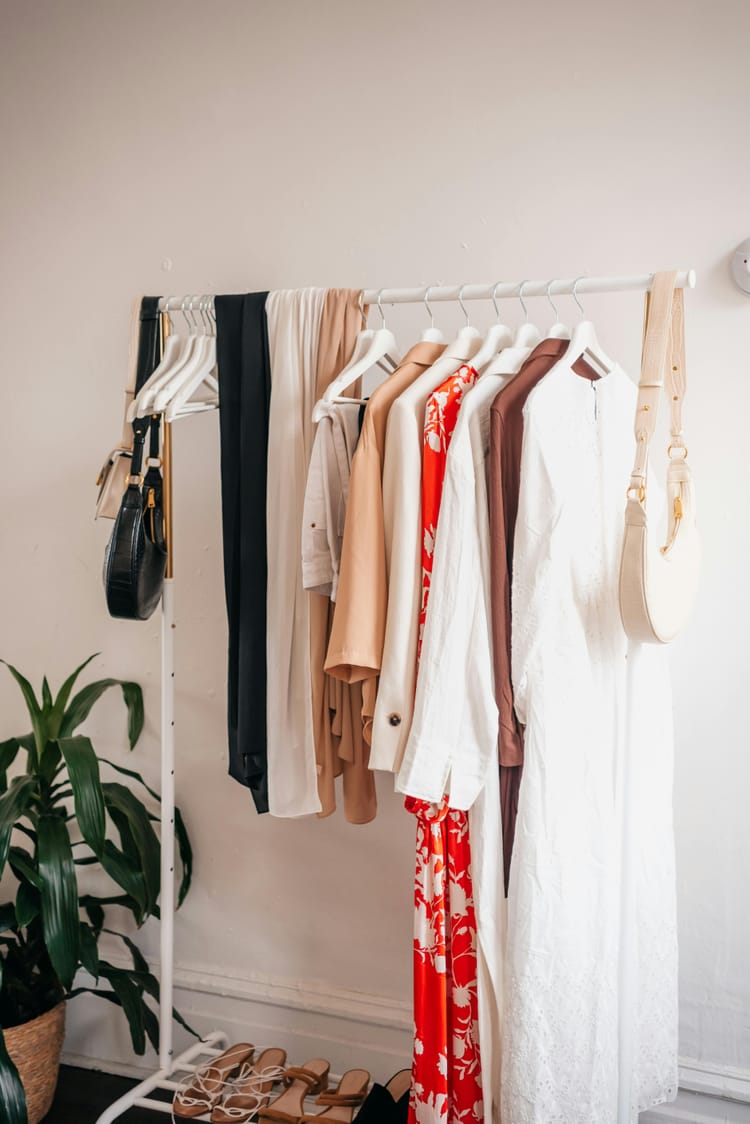
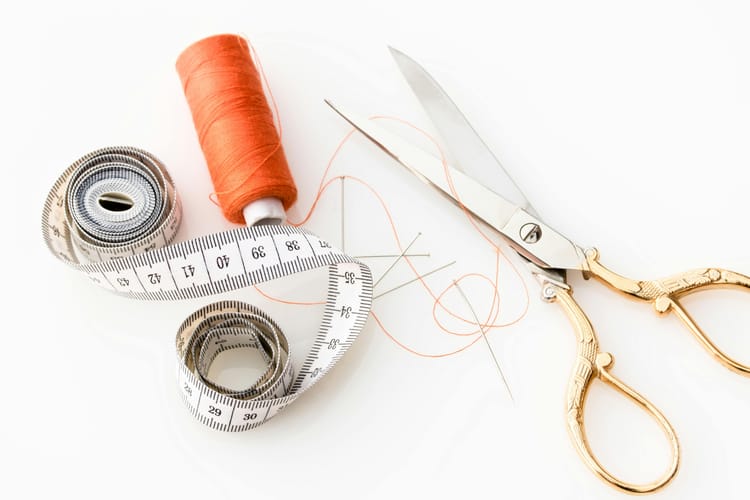
Member discussion